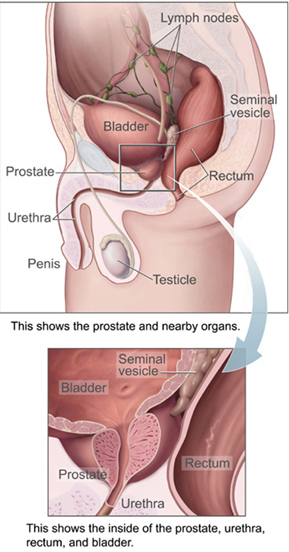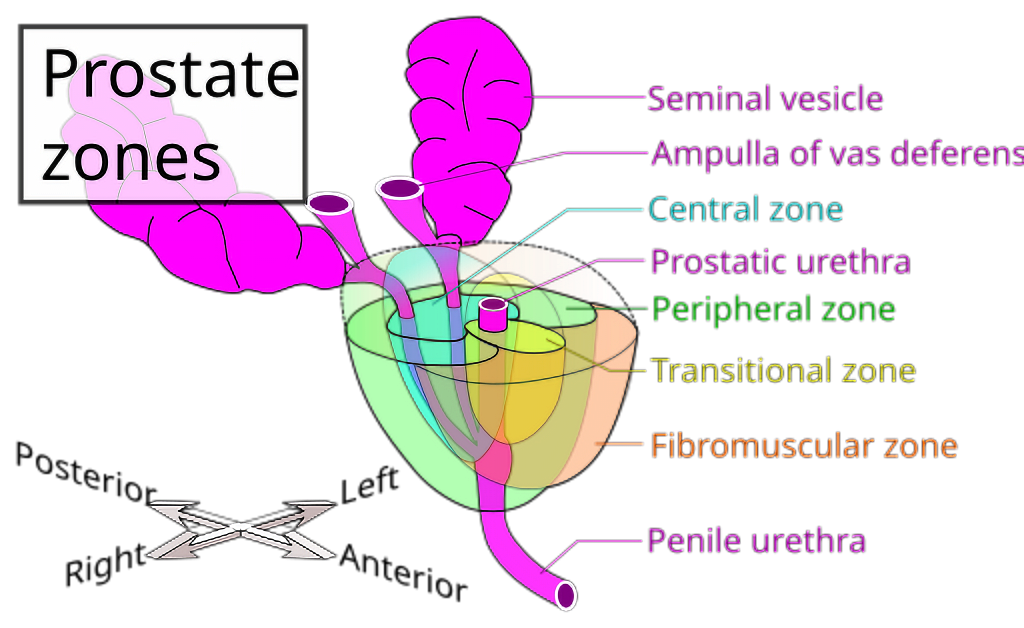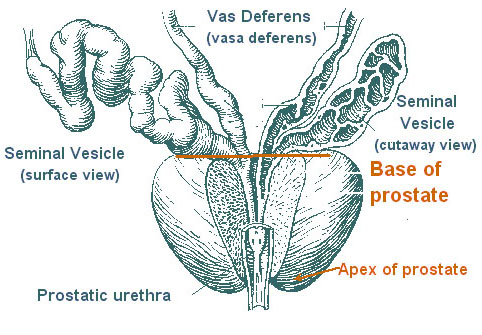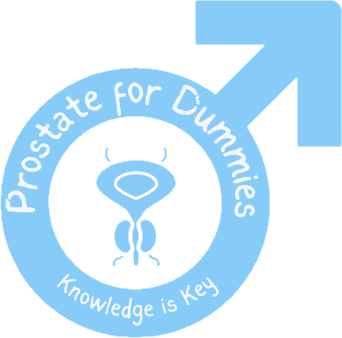Anatomy of the Prostate Explained and Its Function: A Comprehensive Guide to Male Reproductive Health

The prostate gland plays a crucial role in male reproductive health. Located just below the bladder, this small organ contributes to the production of seminal fluid and assists in the process of ejaculation.
The prostate secretes proteolytic enzymes that help break down clotting factors in semen, ensuring proper sperm motility. That just helps your swimmers get where they need to go.
As men age, the prostate typically enlarges, which can lead to various health concerns.
Understanding the anatomy and function of this gland is essential for maintaining overall well-being. The walnut-sized gland surrounds the urethra, the tube that carries urine and semen out of the body, making its health crucial for both urinary and reproductive functions.
The prostate’s unique position and structure make it susceptible to certain conditions, including benign prostatic hyperplasia (BPH) and prostate cancer.
Regular check-ups and awareness of prostate health can help in early detection and treatment of these issues.
Key Takeaways
- The prostate gland produces fluid that nourishes and protects sperm.
- Its location around the urethra affects both urinary and reproductive functions.
- Regular prostate health monitoring is important, especially as men age.
Anatomical Structure of the Prostate
The prostate gland has a complex internal structure divided into distinct zones. It is strategically located in the pelvic cavity, surrounded by important urinary and reproductive structures.
Zones of the Prostate

The prostate is composed of four main zones, each with unique characteristics. The peripheral zone is the largest, comprising about 70% of the gland’s volume. It is located at the back of the prostate and is the most common site for prostate cancer.
The central zone surrounds the ejaculatory ducts and makes up about 25% of the prostate volume. This zone is less susceptible to cancer but more prone to inflammation.
The transitional zone surrounds the prostatic urethra and accounts for 5% of the prostate volume. It is the primary site for benign prostatic hyperplasia (BPH).
The anterior fibromuscular stroma is a non-glandular region that covers the front of the prostate. It consists of muscle and fibrous tissue.
Prostate Gland Adjacencies
The prostate is situated in the pelvic cavity, directly below the urinary bladder. It wraps around the proximal portion of the urethra, known as the prostatic urethra.
The prostate’s base is located superiorly, adjacent to the bladder neck. Its apex points inferiorly towards the urogenital diaphragm.
Posteriorly, the prostate is in close proximity to the rectum. This anatomical relationship allows for digital rectal examinations to assess prostate health.
The seminal vesicles and vas deferens join at the prostate to form the ejaculatory ducts, which pass through the gland. These structures play a crucial role in the male reproductive system.
Physiology and Pathophysiology
Below is a video on the process of Micturition (urinating). The video is quite complex and involved. The prostate is discussed from minute 1:20, you do not need to follow this video to the end, however you may find it interesting to follow the process involved in urinating.
The prostate gland plays a crucial role in male reproductive health and urinary function. Its complex physiology involves hormone regulation, secretion of prostatic fluid, and muscular control. Understanding these processes is essential for recognizing and addressing common prostate conditions.
Prostate Functionality and Urinary Control
The prostate’s primary function is to produce and secrete prostatic fluid, a key component of semen. This alkaline fluid helps neutralize the acidic environment of the vagina, protecting sperm cells. The gland also contains smooth muscle fibers that aid in ejaculation and urinary control.
Prostatic sinuses drain the prostatic fluid into the urethra during ejaculation. The prostate’s position surrounding the urethra allows it to assist in controlling urine flow.
Blood supply to the prostate comes from the prostatic arteries, while lymphatic drainage occurs through the internal iliac nodes. Nerve supply is provided by the prostatic plexus, which contains both sympathetic and parasympathetic fibers.
Common Prostate Conditions
Benign prostatic hyperplasia (BPH) is a common condition where the prostate enlarges, potentially obstructing urine flow. Symptoms include frequent urination, weak stream, and difficulty starting or stopping urination.
Prostatitis, or inflammation of the prostate, can cause pain and urinary symptoms. It may be bacterial or non-bacterial in origin.
Prostate cancer is a serious concern, often developing in the peripheral zone of the gland. Regular screening, including digital rectal exams, can aid in early detection.
Neurovascular bundles near the prostate are crucial for erectile function. Preserving these structures during prostate surgery is essential for maintaining sexual function.
Frequently Asked Questions

The prostate gland plays a crucial role in male reproductive health and urinary function.
Understanding its anatomy, functions, and potential issues is essential for maintaining prostate health.
What are the primary functions of the prostate gland?
The prostate gland’s main function is to produce fluid that nourishes and protects sperm. This fluid makes up a significant portion of semen.
The prostate also helps push semen out during ejaculation. Its muscles contract to forcefully expel the seminal fluid.
Additionally, the prostate regulates urine flow. It surrounds the urethra and helps control urination.
How is the prostate anatomy divided into different zones?
The prostate is divided into several distinct zones. The peripheral zone is the largest, comprising about 70% of the gland.
The central zone surrounds the ejaculatory ducts and makes up about 25% of the prostate volume.
The transition zone surrounds the urethra and is the primary site where benign prostatic hyperplasia (BPH) develops.
Can you describe the location and structure of the prostate gland?
The prostate gland is located between the penis and the bladder. It sits just in front of the rectum.
It is roughly the size and shape of a walnut in young men. The prostate typically enlarges with age, which is a normal process.
The gland encases the urethra and is surrounded by pelvic floor muscles.
What are common signs indicating a potential prostate problem?
Frequent urination, especially at night, can be a sign of prostate issues. Difficulty starting or stopping urination may also indicate a problem.
Weak urine flow or a feeling of incomplete bladder emptying are common symptoms. Pain or burning during urination can occur with prostate inflammation.
In some cases, blood in the urine or semen may be present. Erectile dysfunction can also be associated with prostate problems.
Are there natural methods to address an enlarged prostate?
Maintaining a healthy diet rich in fruits, vegetables, and whole grains may help. Regular exercise can also contribute to overall prostate health.
Limiting alcohol and caffeine intake can reduce symptoms of an enlarged prostate. Practicing pelvic floor exercises may improve urinary control.
Some herbal supplements like saw palmetto are claimed to help, but scientific evidence is mixed. Always consult a healthcare provider before trying any treatments.
Is the prostate gland present in females, and what are the implications?
Females do not have a prostate gland. This organ is specific to male anatomy.
However, females have Skene’s glands, sometimes called the “female prostate.” These glands have some similarities to the male prostate but are much smaller.
The absence of a prostate in females means they do not experience prostate-specific health issues like prostate cancer or benign prostatic hyperplasia.

